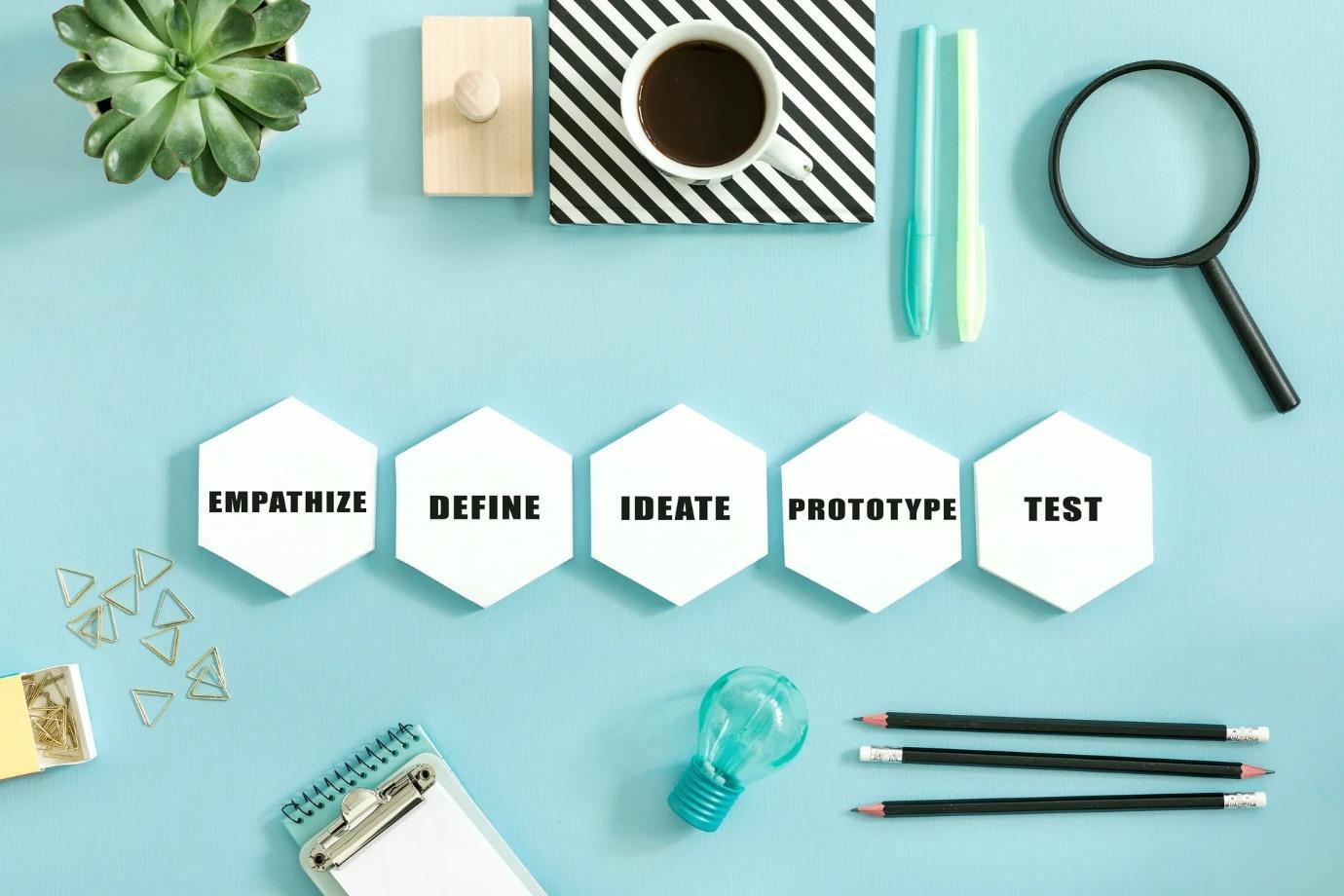
3 minute read
Empathy To Innovation: The Role Of Design Thinking In Product Engineering
Title: Empathy To Innovation: The Role Of Design Thinking In Product Engineering
In a world where products are not just built but crafted with a deep understanding of user needs, Design Thinking in Product Engineering emerges as a transformative force. Beyond a mere process, it's a journey into the minds of users, blending creativity, empathy, and practicality. This article delves into the profound impact of Design Thinking in shaping innovative, user-centric products.

Design Thinking Unveiled:
At its essence, Design Thinking is an empathetic and human-centric approach, a blend of creativity, logic, intuition, and systematic thinking. It goes beyond aesthetics, focusing on crafting solutions that feel right, seamlessly fitting into users' lives and solving real problems.
From Roots to Relevance:
Originating from design and architecture, the Design Thinking Methodology has evolved into a guiding light for companies, leading them towards more innovative and user-friendly products. It's a methodology embraced by startups and tech giants alike.
Design Thinking in Today's Product Development:
In the current product development landscape, Design Thinking bridges human experiences with technological possibilities. It redefines success metrics, emphasizing meaningful user experiences over mere functionality.
The Five-Stage Process:
Design Thinking unfolds through five transformative stages: Empathize, Define, Ideate, Prototype, and Test. Each stage plays a vital role, from understanding users' worlds to crafting creative solutions and refining prototypes based on real user interactions.
Implementing Design Thinking:
Integrating Design Thinking into product development requires a mindset shift towards user-focused, collaborative, and iterative approaches. Case studies from companies like Apple and Airbnb showcase its effectiveness in creating groundbreaking, user-centric products.
Challenges and Best Practices:
Implementing Design Thinking comes with challenges, such as overcoming traditional mindsets and gathering meaningful user insights. Best practices include fostering a culture that values user empathy, prioritizing rapid prototyping, and encouraging cross-functional collaboration.
The Future of Design Thinking:
Design Thinking continues to evolve, integrating with emerging technologies like AI and AR/VR. The future lies in staying adaptable, leveraging new methods and technologies, and nurturing a culture of continuous innovation.
Concluding Thoughts:
The journey of Design Thinking in product engineering services is ongoing, challenging innovators to adapt to our dynamic world continually. As we embrace the future, the focus shifts towards ethical and sustainable design, global perspectives, and leveraging emerging technologies. The story of Design Thinking in product development services is not an end but an exciting new chapter, asking innovators within a product engineering services company to push the boundaries of creativity, empathy, and technology to create products that genuinely make a difference.

